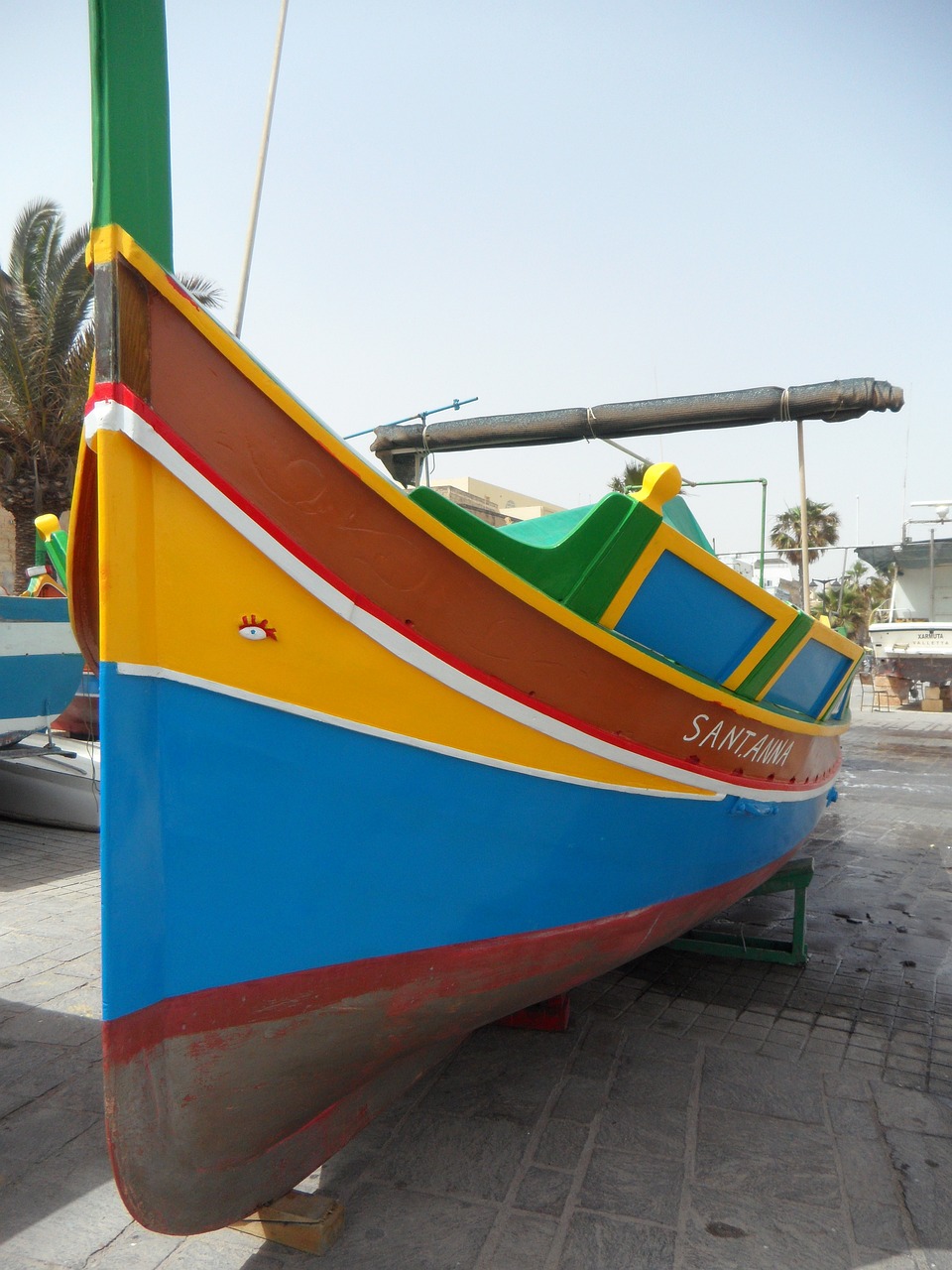Osiris, a pivotal deity in ancient Egyptian mythology, held significant importance due to his dual role as both a god of fertility and the ruler of the underworld. His origins can be traced back to the locality of Busiris in Lower Egypt, and evidence suggests he may have originally represented chthonic fertility. By circa 2400 BCE, Osiris had evolved into a symbol of resurrection and life after death, which intertwined with the concept of divine kingship. Upon their passing, kings became one with Osiris, while their successors were likened to Horus, the sky god and Osiris’s son. Isis, the goddess, was revered as the king’s mother, linking her to both Horus and Osiris, whereas Seth was portrayed as their nemesis and the murderer of Osiris.
The mythic narrative, as recounted by Plutarch, tells of Seth’s treachery, where he murdered Osiris and dismembered his body, scattering the pieces across Egypt. Isis and her sister Nephthys undertook the quest to recover Osiris’s remains, managing to provide him with a form of immortality, except for his phallus, which left him governing the underworld. Horus later defeats Seth, avenging his father and securing the throne of Egypt.
In addition to being the lord of the deceased, Osiris was considered the source of life, responsible for everything from the growth of crops to the floods of the Nile. From around 2000 BCE onwards, individuals—regardless of their royal status—were associated with Osiris upon death. This connection did not denote physical resurrection but symbolized life’s renewal in the afterlife and through one’s offspring. Osiris’s worship expanded across Egypt, merging with various local fertility deities and underworld figures.
The practices surrounding Osiris included specific cultic forms that promised a renewed existence in the afterlife. Temples dedicated to Osiris, particularly in Abydos during the Middle Kingdom (1938–circa 1630 BCE), orchestrated elaborate festivals comprising processions and nocturnal rituals. These festivities also honored Khenty-Imentiu, an ancient deity of the dead, which Osiris came to embody. Public participation was commonplace due to these events being open-air celebrations, leading many to choose burial along the significant processional routes at Abydos or to erect cenotaphs in his honor.
Various towns in Egypt held annual festivals reenacting Osiris’s story. One distinctive tradition was the creation of an “Osiris garden,” a mold representing Osiris, filled with soil, irrigated with Nile water, and sowed with grain, symbolizing his essence. In Memphis, the sacred bull Apis was associated with Osiris, resulting in the worship of Osiris-Apis, from which the Hellenistic figure Serapis emerged. Greek and Roman sources also related Osiris to Dionysus, while he was further identified with Soker, another ancient god of the dead.
The earliest known representations of Osiris date back to around 2300 BCE, though detailed depictions remained scarce before the New Kingdom (1539–1075 BCE). During this time, Osiris was commonly portrayed in a mummy form, arms crossed on his chest, wielding a crook in one hand and a flail in the other, adorned with the atef crown comprising the white crown of Upper Egypt flanked by two ostrich feathers.



